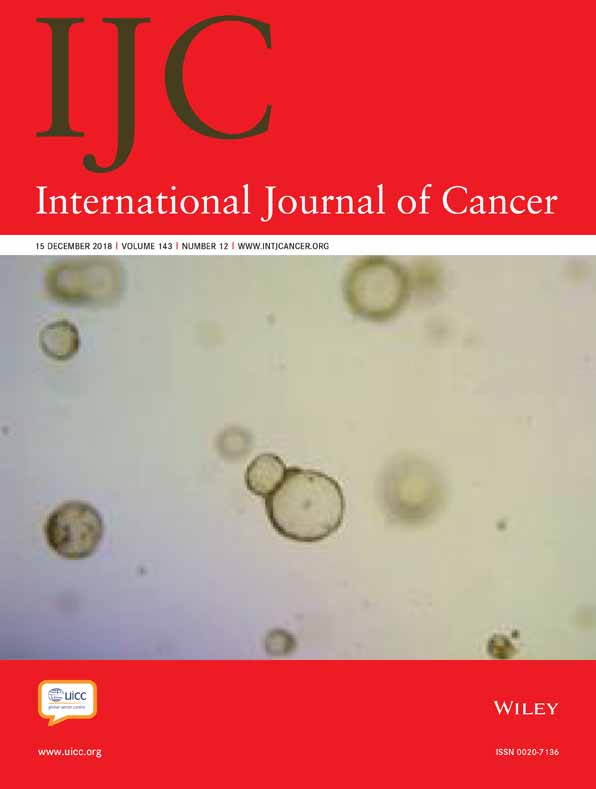Differences in cancer survival between immigrants in Norway and the host population
Abstract
Cancer survival is an important indicator for quality of cancer care. We sought to determine if there are differences in cancer survival between immigrants and the host population in Norway. We performed a nationwide registry-based study comprising subjects diagnosed with cancer between 1990 and 2014, and followed until the end of 2016. Survival was estimated for 13 cancer sites with cause-specific survival. Adjustments were made for common confounders (age, sex, year of diagnosis and place of residence) and defined mediators (stage at diagnosis, comorbidity and socioeconomic factors). A total of 500,255 subjects were available for analysis, of which 11,252 were Western and 8,701 non-Western immigrants. We did not find differences in cancer survival between Western immigrants and Norwegians, while non-Western immigrants, with some exceptions, had similar or better survival. Better lung cancer survival in non-Western immigrants than Norwegians was notable (hazard ratio (95% confidence interval): 0.78 (0.71–0.85)), and not explained by defined mediators. Immigrants from Eastern Europe and Balkan with melanoma (hazard ratio: 1.54 (1.12–2.12)) and prostate cancer (hazard ratio: 1.34 (1.08–1.67)), and possibly from sub-Saharan Africa with breast cancer (hazard ratio: 1.41 (0.94–2.12)) had worse survival than Norwegians. The results suggest that immigrants in Norway have good cancer survival relative to the host population. Poor survival in immigrants from Eastern Europe and Balkan with melanoma and prostate cancer, and sub-Saharan Africa with breast cancer might be a concern.
Abstract
What's new?
The publicly funded Norwegian health care system strives to provide good and equal health care to all residents. However, differences in cancer outcomes remain among various socioeconomic and geographic populations. Here, the authors compared outcomes between immigrants and native Norwegians. They analyzed data from 13 different cancer sites. Western immigrants and Norwegians had similar outcomes, while non-Western immigrants had better survival rates in general, notably for lung cancer. Poorer outcomes, which might warrant further investigation, were observed in immigrants from Eastern Europe and the Balkans with melanoma or prostate cancer, and breast cancer patients who came from sub-Saharan Africa.
Conflicts of interest
The authors declare no conflict of interest.




